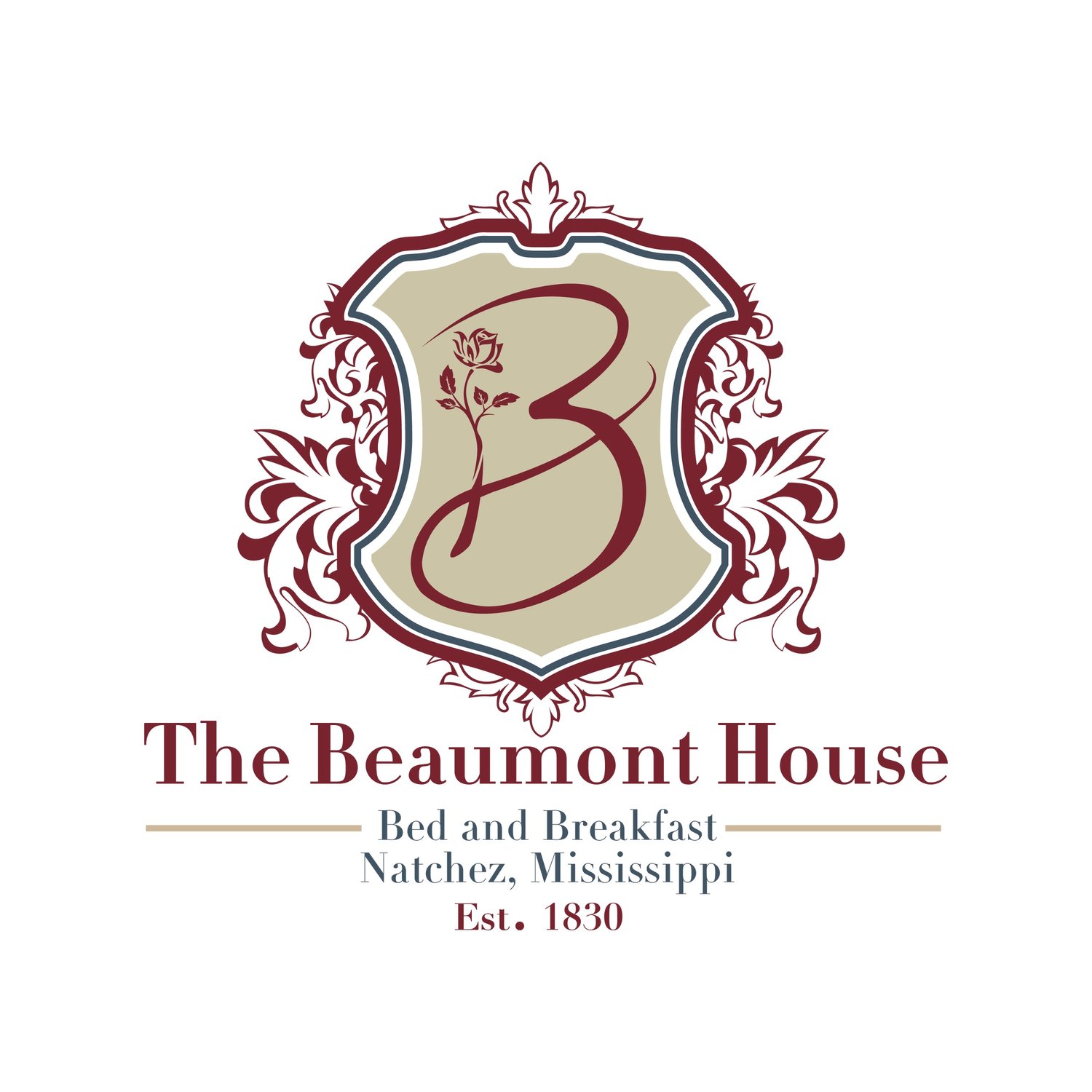Pryor Knowledge by MB Gibson: Horse Racing and History in Natchez
What do elite racehorses, duels, riverboat gamblers, and moral dilemmas have in common? They all come to life in Pryor Knowledge: Horse Racing, Love, and Slavery in the Antebellum South, the latest historical novel by M. B. Gibson. Set in 1830s Natchez, the story follows horse trainer John Benjamin Pryor during the peak of the Pharsalia race course era—when fortunes were wagered and legends like Lexington were made.
In the early nineteenth century, horse racing was the most popular spectator sport in America, and Natchez had the premier track in the South West.
Even during the days of Spanish rule, horses raced on a quarter-mile track Under the Hill. It is said that while white men raced from the bluff to the river, the Choctaw raced in the opposite direction. The Native Americans saw no sense in ending the contest with a dramatic finish-line plunge into the Mississippi River.
By the late 1700s, a track was built just outside of Natchez. Originally known as the St. Catherine race course, it soon became the most famous in the state of Mississippi—the Pharsalia Course.
In the 1830s, prominent planter, politician, and turfman, Adam L. Bingaman, had partnered with William Minor to bring the sport to prominence. Their stables were the envy of racing enthusiasts for hundreds of miles.
And that’s where the story, Pryor Knowledge: Horse Racing, Love, and Slavery in the Antebellum South begins. Author M. B. Gibson discovered that her ancestor, John Benjamin Pryor, was hired by Adam Bingaman to train his elite horses.
This set her off on a four-year journey of discovery about the wild-and-woolly days of Natchez when wagers were casually placed for sums that would take a common man eighty-years to earn. Duels were settled across the river, illegally. Riverboat men drank and gambled in the violent world Under the Hill. And Lexington, the greatest horse of his time, prepared for the race of his life.
Pryor’s specialty was preparing horses to race the heroic distance of four-mile heats. To claim victory, a horse had to win two heats. If several horses entered such a race, the victor could possibly run twenty miles before earning the win.
Richard ten Broeck, a horseman, race course owner, and entrepreneur, was once known as the “idol of the racing world.” Determined to make his mark, he bought the colt he renamed Lexington with an eye to win a nationwide race in New Orleans known as the Great State Post Stakes. He chose John Benjamin Pryor to prepare his prize horse.
The remarkable stallion was boarded and trained on Bingaman’s plantation, Fatherland, located on the outskirts of Natchez. The horse’s journey to become an unrivaled champion, as well as Ben Pryor’s struggle to live a life of integrity when doing the right thing was often against the law, are explored in Gibson’s latest work of historical fiction.
Mary Beth Gibson hails from a small town in South Carolina. Once a retired teacher, she has written the aforesaid book as well as a trilogy set in eighteenth century Ireland and South Carolina called The Duncullen Saga, receiving several awards for her fiction.
Gibson finds Natchez a friendly, welcoming, and quirky city. “The true stories of this riverside town could fill volumes. Few cities have as much character and charm. I love the Place.”
Pryor Knowledge: Horse Racing, Love, and Slavery is available on Amazon and expected soon on the shelves of the William Johnson House gift shop.
Explore More:
Looking for more Natchez history? Check out our other posts, like “10 Fun Things to Do in Natchez on a Budget” and “The History of Natchez.” Plan your visit and see the places that make this town one of the South’s most historic destinations.


